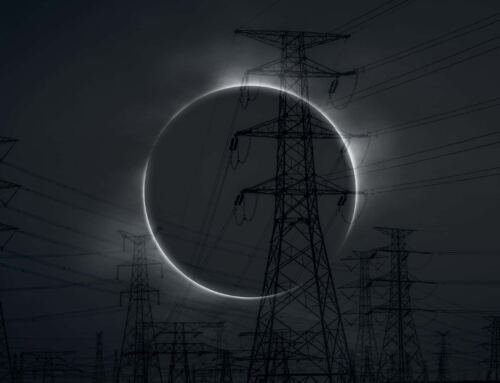The Future of EV’s and Grid Resilience

EV Infrastructure and “The Bill”
7.5 billion dollars of the infrastructure bill will be used for electric public transportation throughout the country. Reducing the carbon footprint through the use of electric buses and ferries. An example of the future in public transportation came on Tuesday, August 10th, as Texas A&M launched their first 3 electric buses. The buses will be able to run all day on a single charge and will fully charge overnight. Another 7.5 billion dollars of the bill will be used for charging stations to connect the country. This would make it possible for Americans to travel across the country, stopping to charge the vehicle instead of stopping to get gas. Another portion of the bill is 65 billion dollars to upgrade the grid and expand renewable energy.
 Future of EV
Future of EV
Notable claims for the future of EV come with the 2022 Ford Lightning. A truck that will get an estimated 200-300 miles on a single charge, seat 4 adults comfortably, and still be rated to tow 10,000 pounds. Another feature will be the availability, with the use of the 80 amp charging station, of using the truck as backup power for your home. When the Lightning is plugged in, and the power goes out, 9.6kW of power becomes available for your home and can power the home for 3-10 days, depending on power usage. Not to be outdone, Chevrolet is set to release the EV Silverado in 2023 with similar features and possibly an option for a 200kWh extended battery. That is enough energy to power the average US home for 6 days.
Vehicle to Home Power
Utilizing the battery packs within an EV vehicle is not a new concept, however, it is yet to be fully utilized in the US. The Nissan Leaf has been used in Japan as a source of power in major power outages and natural disasters, but this is still an emerging solution. When it comes to your home, the concept is called Vehicle to Home and also Vehicle to Grid (V2X or V2G) and based on the type of charging station you purchase. V2X stations are bidirectional, allowing electricity to charge the vehicle or discharge the vehicle when the stored energy is needed. Stay tuned as NATiVE will keep you on the cutting edge of new product innovations.
Key Takeaways
With all of this push for electric vehicles, we will need to have cleaner ways of powering these vehicles. The infrastructure bill moves us in that direction, but it still requires time and coordination. The first step is to untap the potential in the roofs of residential and commercial buildings right now with renewable power. NATiVE Solar can design your systems to plug and play with the changing technology and keep you up-to-date with the fast paced alternative energy market. Submit the form below to contact us today and learn more about EV’s, solar, and build resilience with your home energy system!

EV Electric Vehicle Electric Car EV EV EV

































Leave A Comment